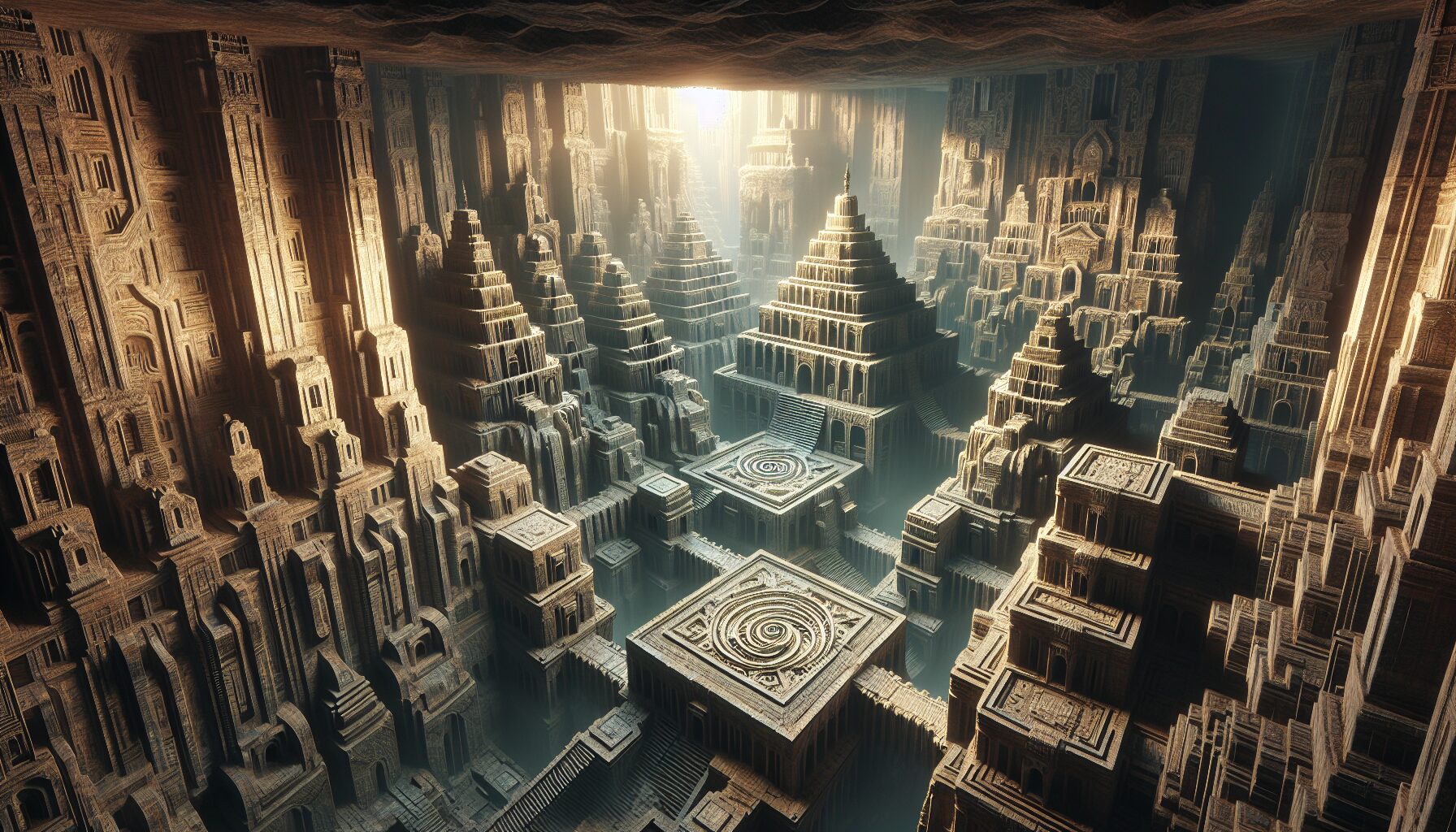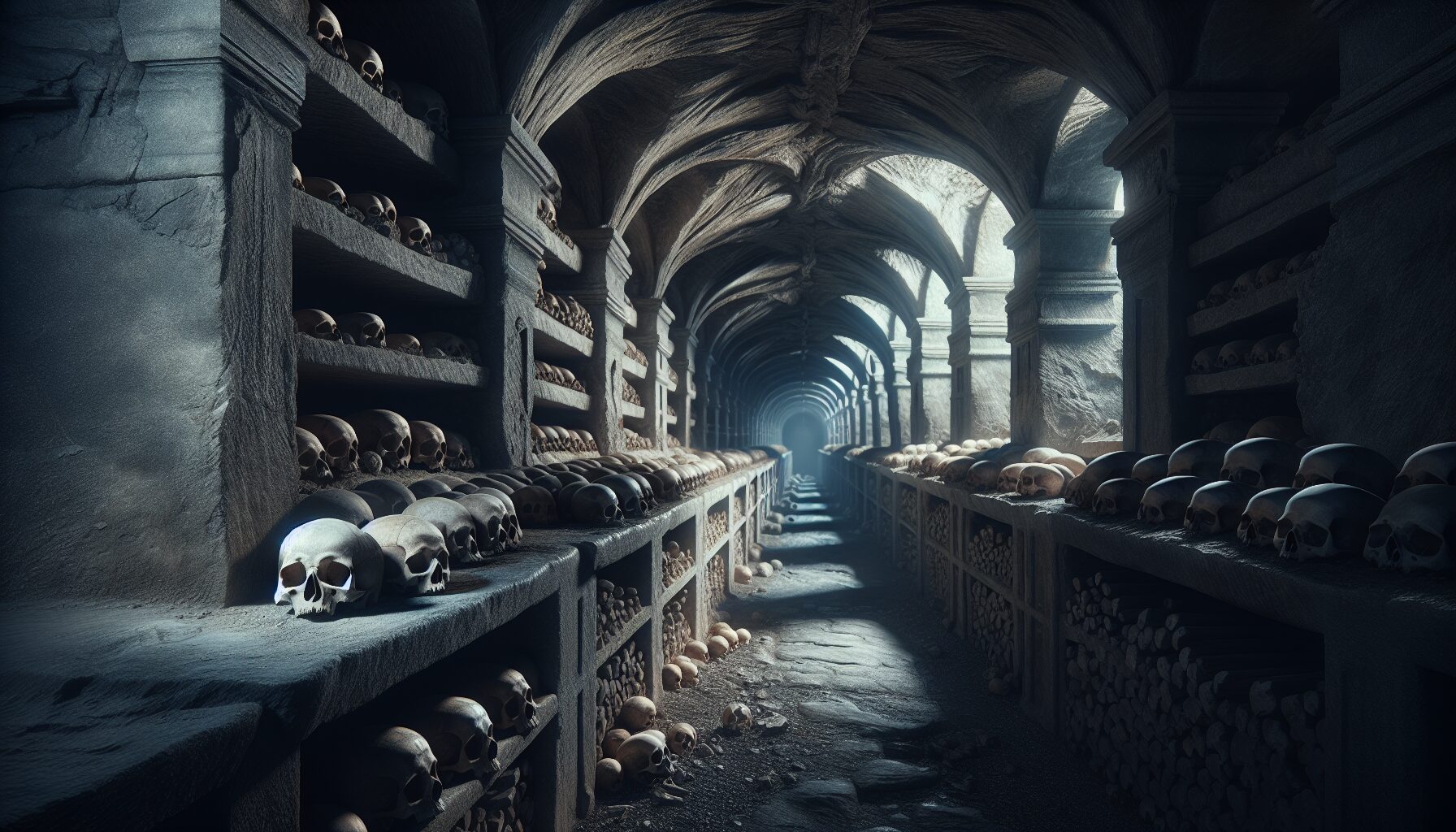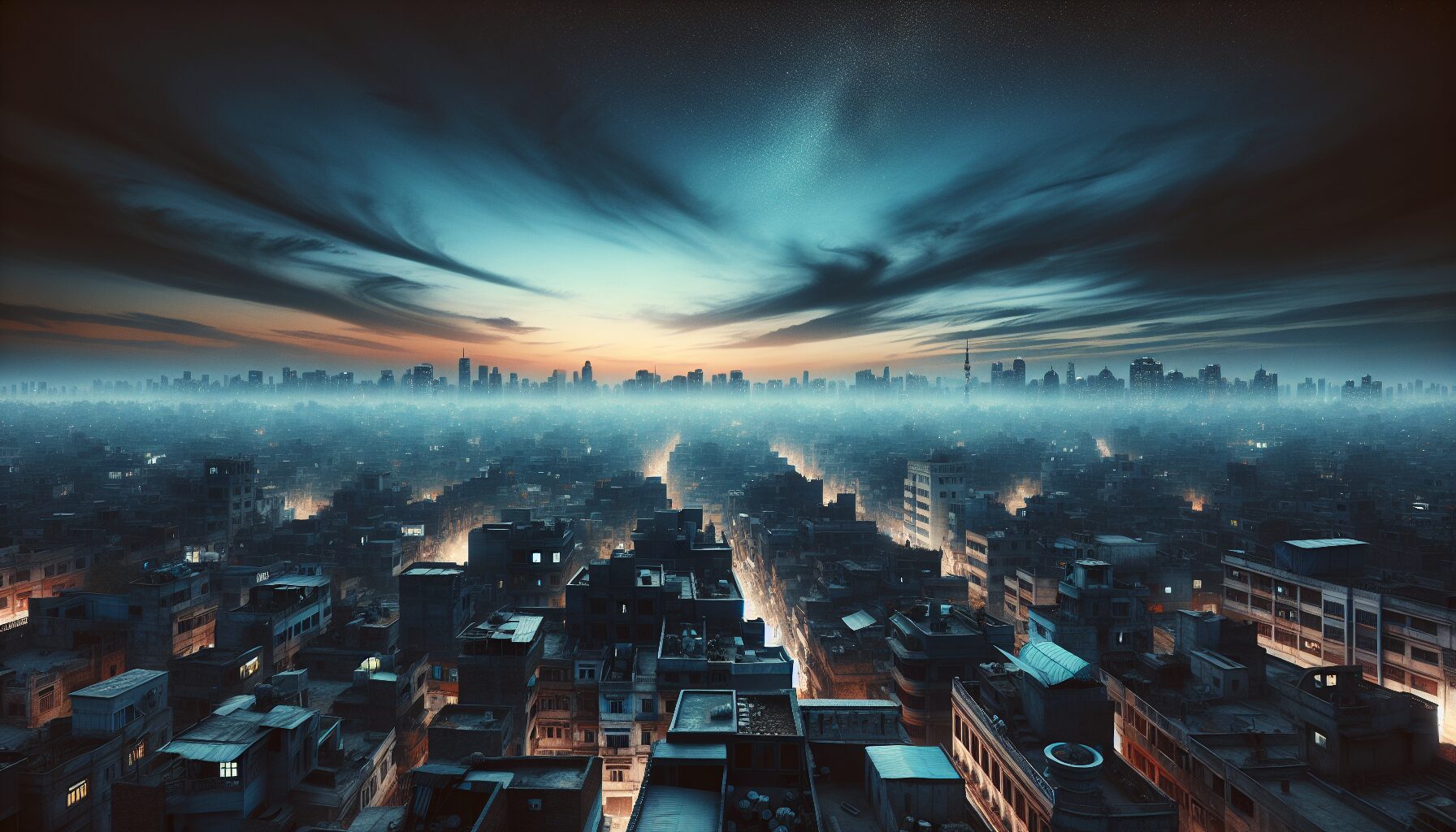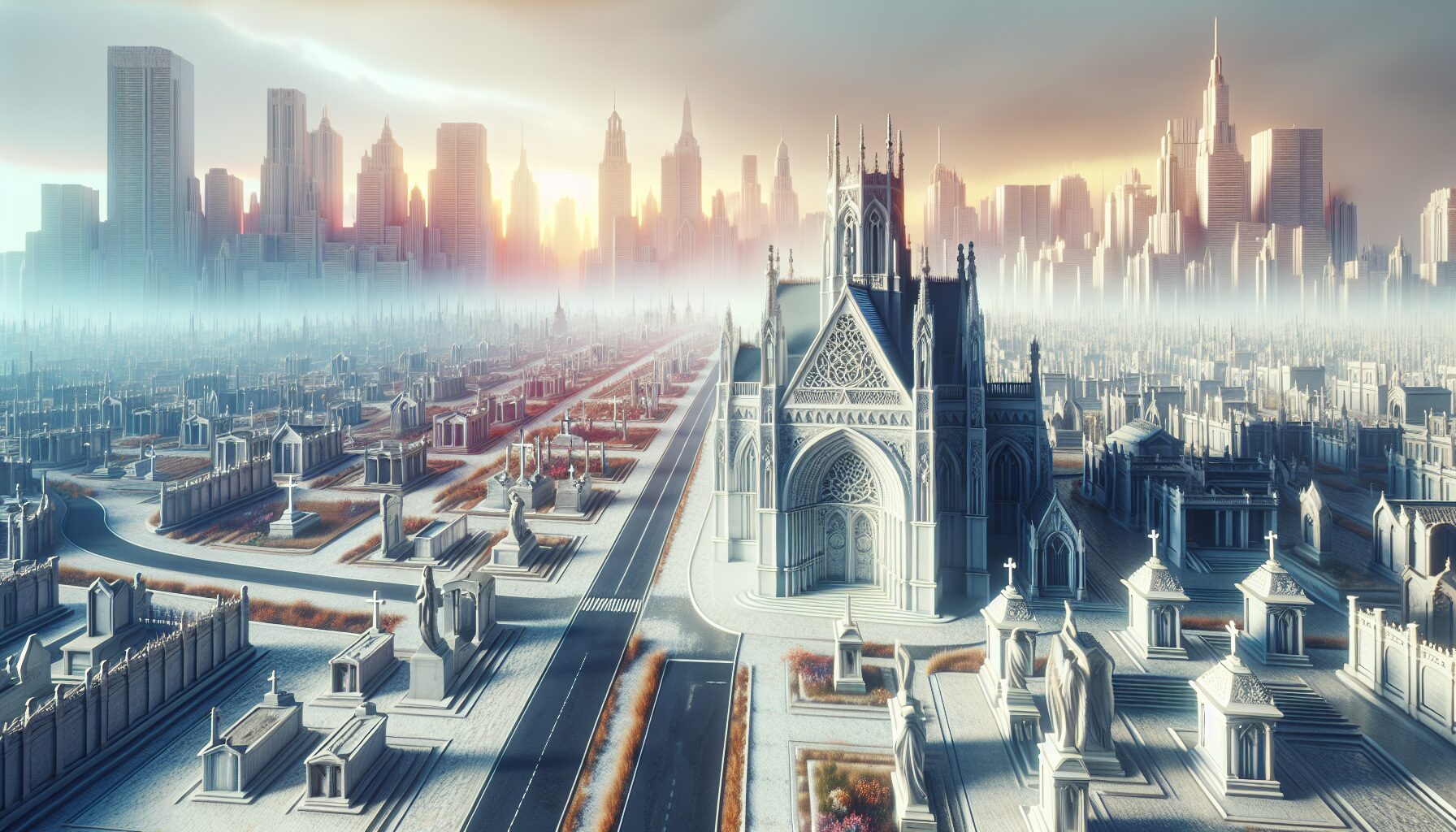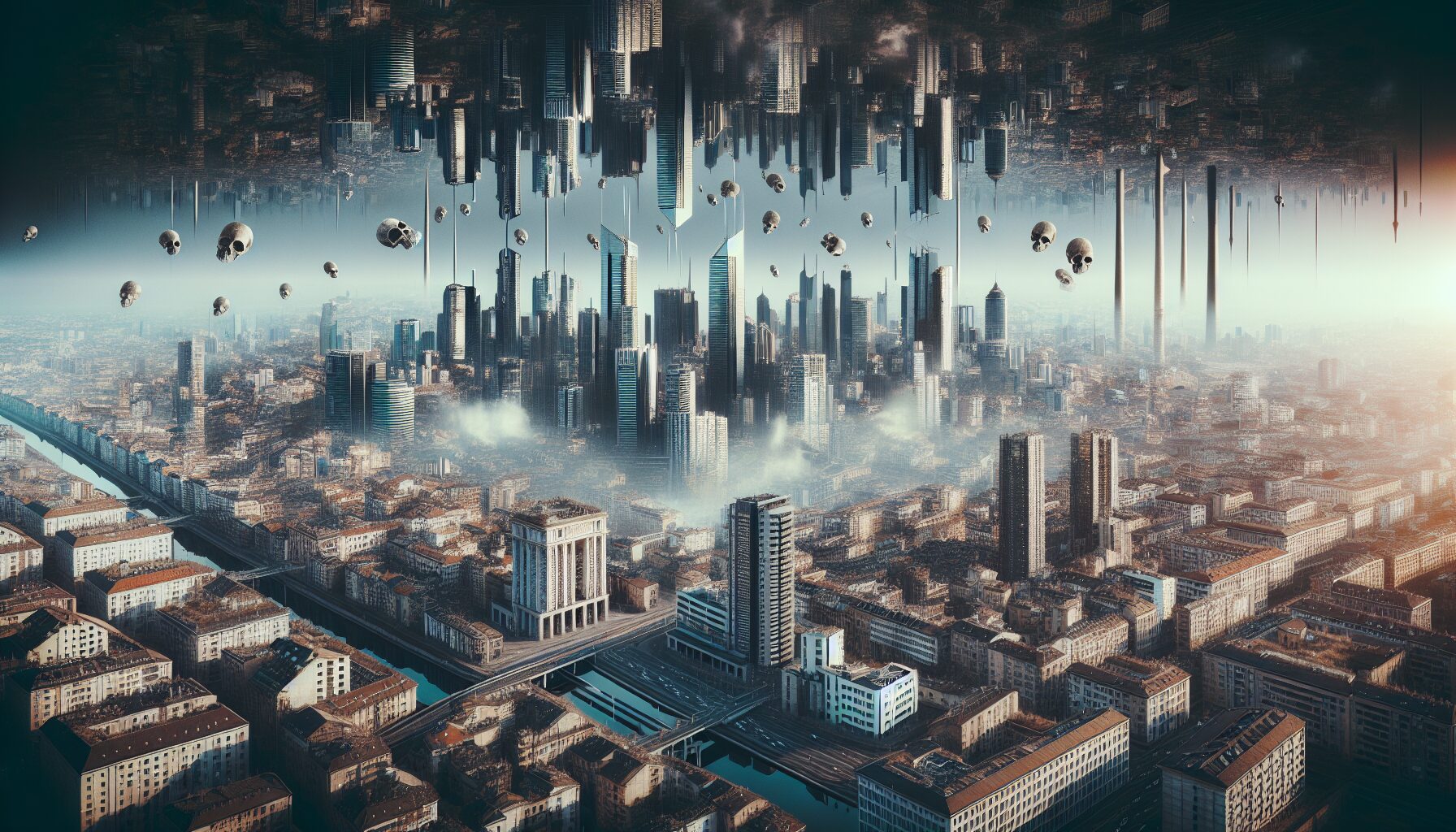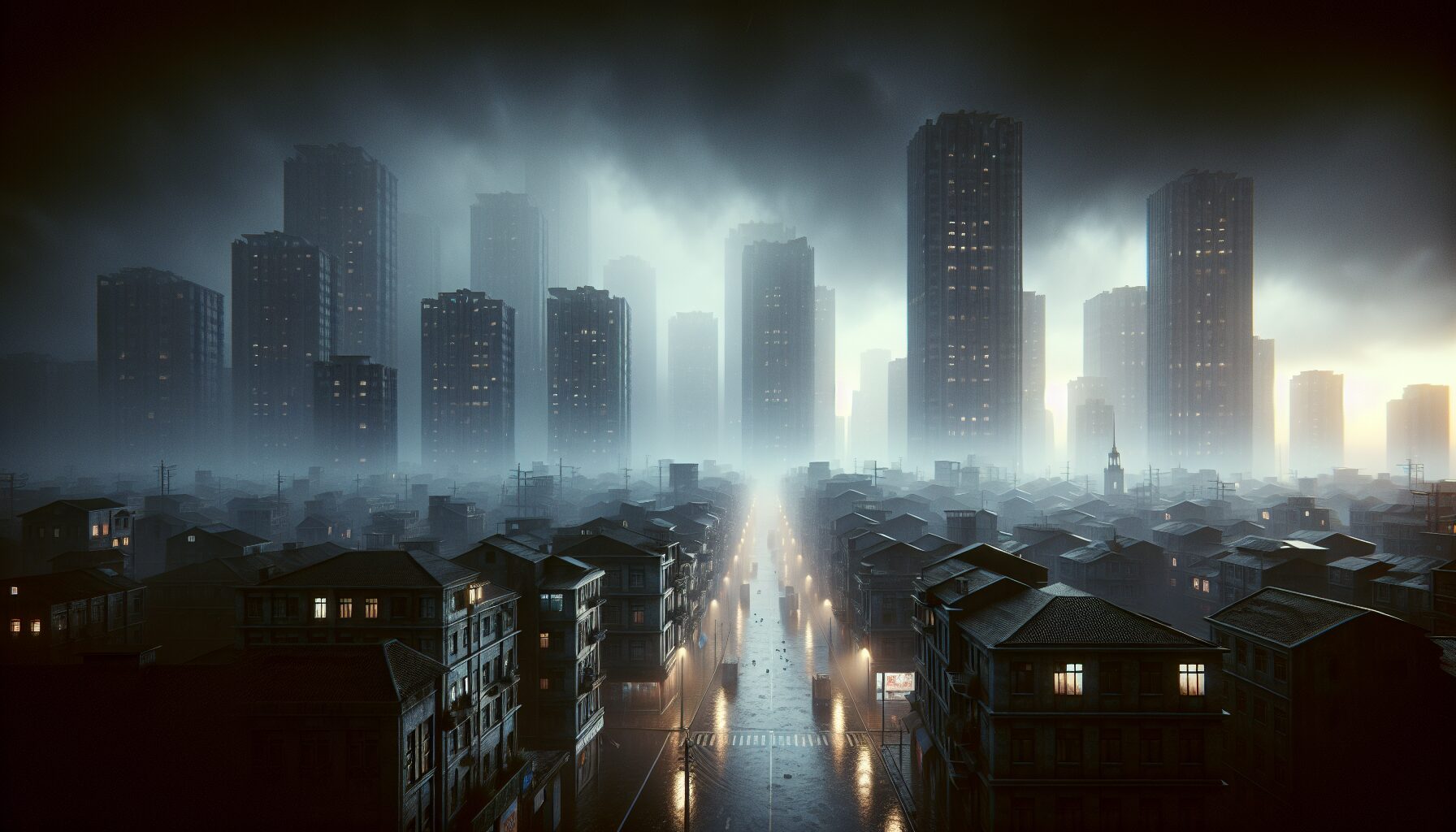From the fringes of history and into the compelling realm of myth, tales of subterranean cities have captured the human imagination for centuries. Often shrouded in mystery, these labyrinths beneath our feet have been the subject of countless legends, hinting at civilizations far more advanced than we might expect.
The Legend of Derinkuyu
One of the most fascinating stories emerges from the region of Cappadocia in Turkey, home to the ancient underground city of Derinkuyu. This vast city, reaching depths of over 280 feet, features sophisticated architecture equipped to house nearly 20,000 people. According to the Smithsonian Magazine, Derinkuyu was primarily used for protection during times of war or invasion.
“It is remarkable to think that entire populations retreated below the earth to shield themselves from invading forces and natural disasters,” says archaeologist Emilio Agirri. “The engineering prowess required to construct such a habitat speaks volumes of its creators.”
Myth and Magic: The Agartha Theory
Transitioning from historical fact to the mythic, the legend of Agartha holds a special place in the archives of forbidden knowledge. Agartha, often mentioned in occult literature, is believed to be an entire kingdom located deep within Earth’s core. A constructed paradise, Agartha is said to be home to advanced beings, an idea popularized by the works of Helena Blavatsky and later by various conspiracy theorists.
This mysterious city has been a focal point in many spiritual narratives. In The Secret Doctrine, Blavatsky writes, “Ages have passed since the veil of mystery was lifted… Agartha remains a beacon.” This quote perfectly encapsulates the lore that still fascinates those who are drawn to the idea of a hidden utopian society.
The Modern Search for Ancient Truths
- Archaeological Expeditions: Advanced technology and archaeological methods continue to unearth evidence of these storied sectors.
- Cultural Explorations: Tours in places like Cappadocia bring myth and reality to curious explorers.
These enigmatic tales, steeped in both myth and reality, pose the question of whether these subterranean metropolises are just the figments of human fantasy or lost cities waiting to be discovered. As technology advances, so does the potential to unlock more of these urban legends, urging us to scrutinize the ground beneath our feet for any echoes of distant civilizations.
